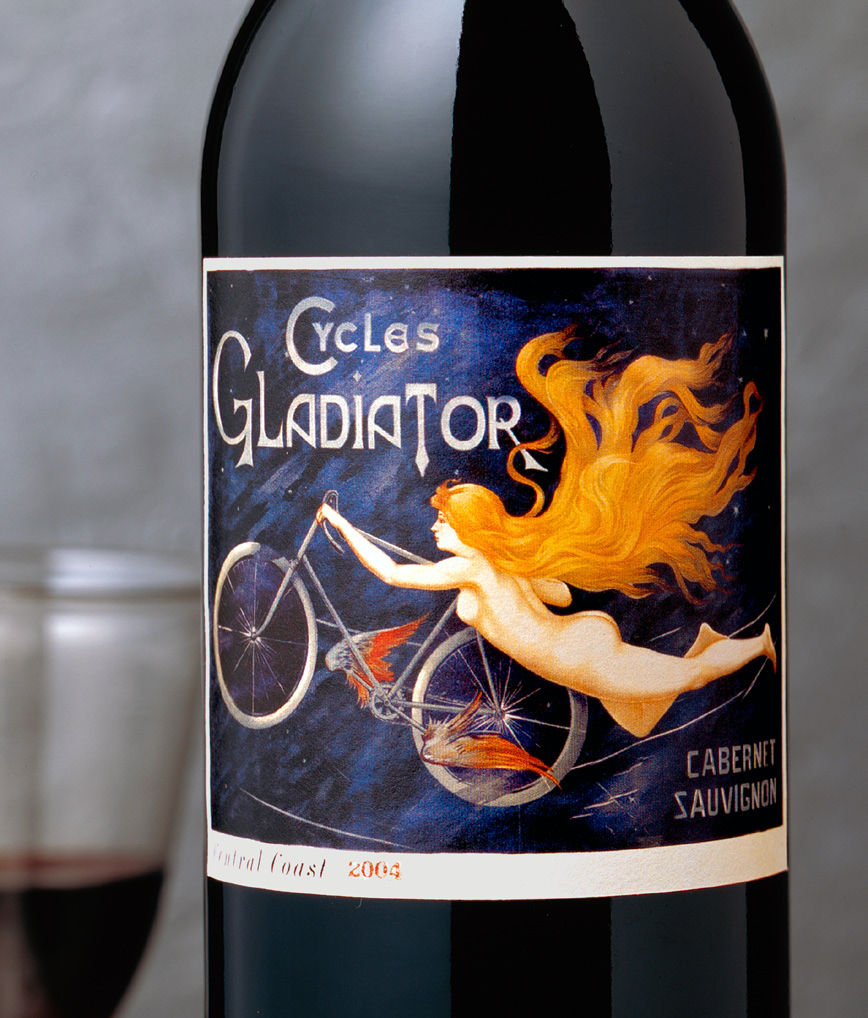My wife's grandfather was literally a "meat and potatoes" farmer. For over 50 years, he coaxed seed potatoes and feed for his cattle out of the thin, rocky soil of south-central New Brunswick.
He also used a lot of what he called "spray" — pesticides. And over half a century, he sprayed and inhaled just about every nasty substance science has unleashed to control vermin.
But that's not all the "spray" did. A couple of years ago, I shared in the sad experience of watching a formerly tough and independent man waste away from multiple ailments, including
Chronic Obstructive Pulmonary Disease. He did not survive.
To this day, my wife blames "spray". As a result, we have changed over a significant amount of our weekly grocery budget to tracking down local, organic, and farmer-direct foods whenever possible.
Unfortunately, the whole organic foods movement was dealt a PR blow this week with the release of a British mega-study claiming that
organic foods are no more nutritious than "conventionally" grown ones.
In relation to my own purchasing motives, this was a big "so what?". But it shines light on a real marketing problem when it comes to organics.
First of all, what is organic? According to the
Canadian General Standards Board, it must have involved none of the following:
• All materials and products produced from genetic engineering.
• Synthetic pesticides, wood preservatives or other pesticides, except as specified in CAN/CGSB-32.31.
• Fertilizer or composted plant and animal material that contains a prohibited substance.
• Sewage sludge used as a soil amendment.
• Synthetic growth regulators.
• Synthetic allopathic veterinary drugs, including antibiotics and parasiticides, except as specified in this standard.
• Synthetic processing substances, aids and ingredients, and food additives and processing aids including sulphates, nitrates and nitrites, except as specified in CAN/CGSB-32.311.
• Ionizing radiation and forms of irradiation on products destined for food.
• Equipment, packaging materials and storage containers or bins that contain a synthetic fungicide, preservative or fumigant.
And, after years of trailing the U.S. on federal standards, Canada just passed
Organic Products Regulations to make it official.
Now, I like organic food because I hate pesticides. But I am not 100% against chemical fertilizer (as long as it doesn't pollute waterways), irradiation, or even
GMOs. In worldwide agriculture, these are complicated issues that affect the food supply for millions of people. Even limited use of pesticides, when there is no other alternative, is understandable to me.
And then there's meat: I'm more interested in humanely-treated, local animal products than I am strictly against the use of non-organic feed or antibiotics on individual sick animals as a last resort.
My issue is just the industrial mass-application of pesticides, drugs and hormones to drive down food commodity prices, which in the process makes it hard for independent family farms to compete without taking on the same harmful practices. Organic for me was never just a question of nutrients, or even residual pesticides that I had to wash off my food. It's about the health and sustainability of my wider community, which includes regional farmers who take care of their land and take pride in their products.
I could be the only one who thinks this, but I believe that in future the organic "brand" should be less about politics and nutrition, and more about environmental and community health.
Most importantly, farmers shouldn't have to die for our fries.
What do you think?



















